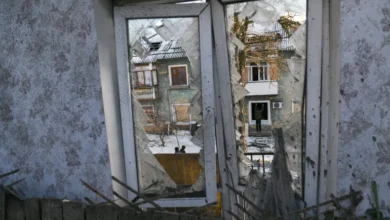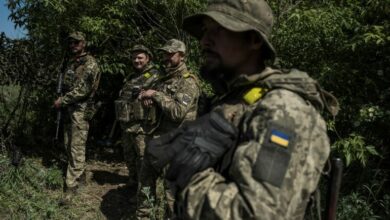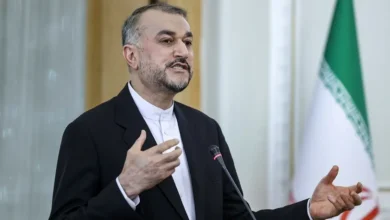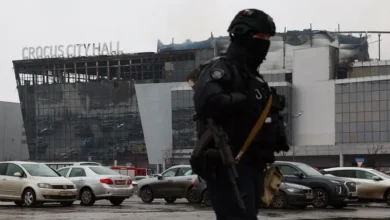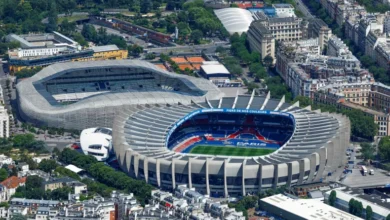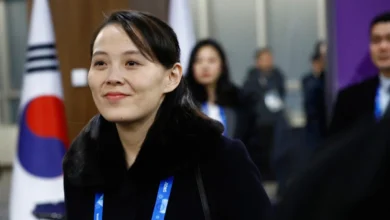Q&A: The opium surge in Southeast Asia’s ‘Golden Triangle’
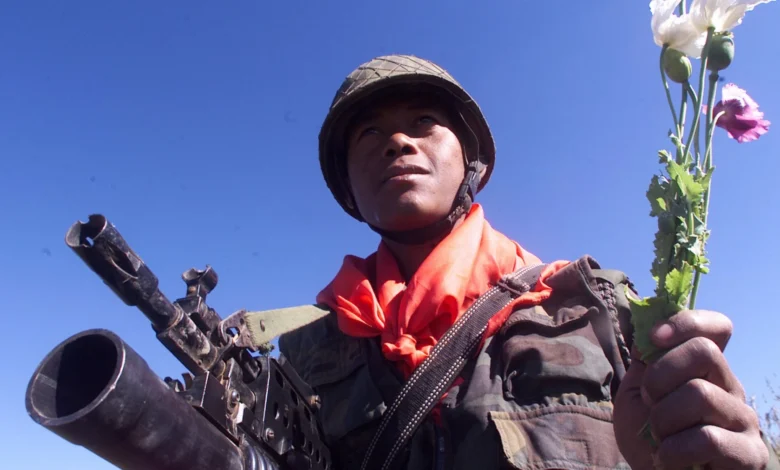
The Golden Triangle – a region where the jungle borders of Thailand, Laos and Myanmar meet – has long been notorious as the centre of an illegal drug trade operated, controlled and protected by warlord-like military leaders allied with regional organised crime figures.
Synthetic drugs produced in the Golden Triangle have flooded regional markets. In 2021 alone, more than a billion methamphetamine pills were seized by authorities in Southeast and East Asia, according to the United Nations.
Organised crime syndicates and armed groups had joined forces in the Golden Triangle, with their expanded drug production exploiting the twin vulnerabilities of the recent pandemic and political instability in Myanmar, the UN said last year, leading to a drugs trade described as “staggering” in scale.
New data released last month by the UN Office on Drugs and Crime (UNODC) also showed that opium poppy cultivation has surged by 33 percent in the Golden Triangle and opium yields have the potential to burgeon by 88 percent.
Last year, 40,000 hectares (99,000 acres) of opium poppies were cultivated in Myanmar, with an estimated potential opium yield of almost 800 metric tonnes.
Myanmar’s overall illicit opiate economy is now estimated to be worth $2bn while the regional market for heroin is valued at a staggering $10bn, according to the UN.
The resurgence of opium production in the highlands of the Golden Triangle will reverberate all the way down to the “wider drug economy centred around the lower Mekong region” and far beyond, the UN warned.
To understand the forces at play in the Golden Triangle drug trade, Al Jazeera spoke with Jeremy Douglas, UNODC’s regional representative for Southeast Asia and the Pacific.
